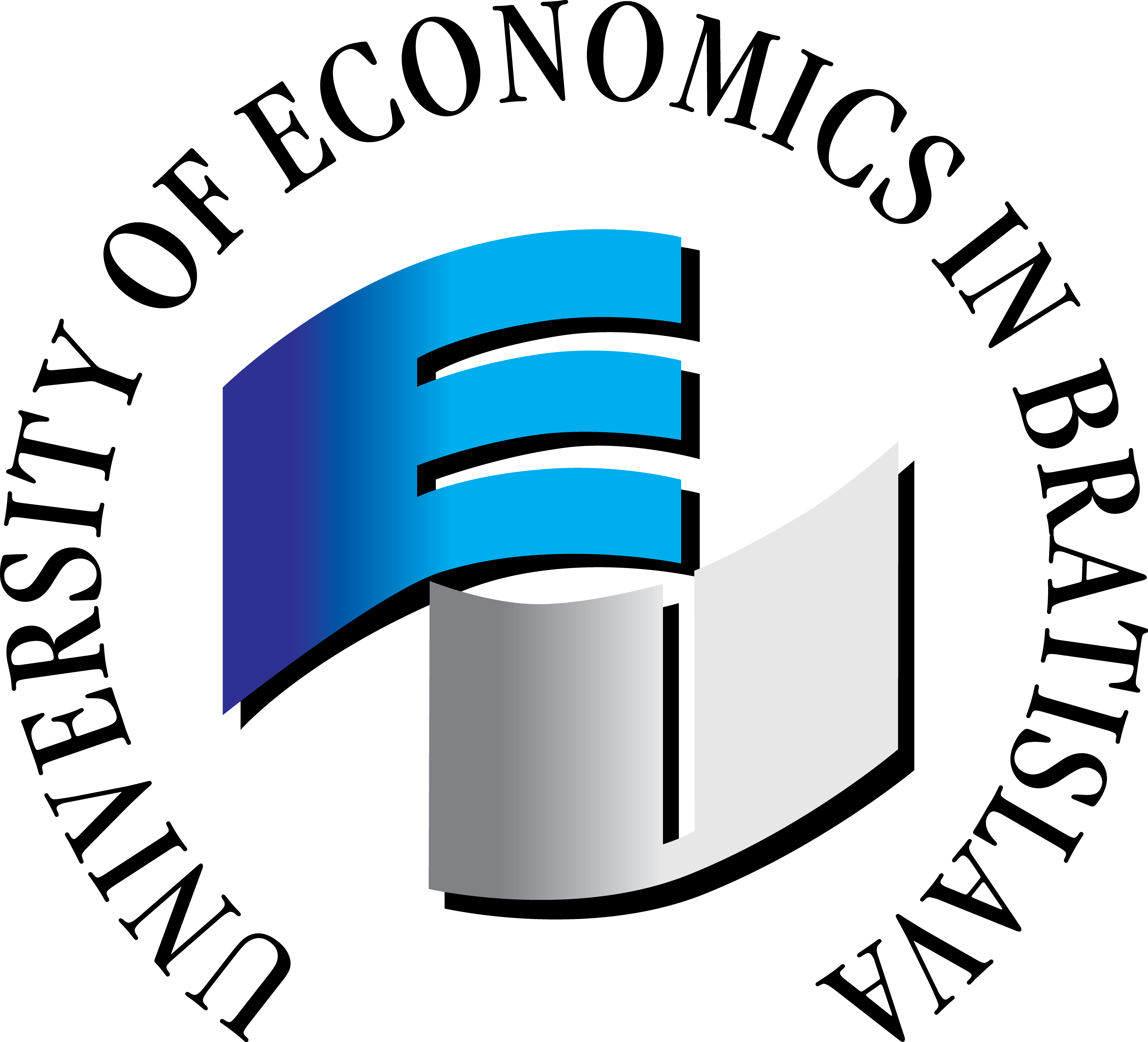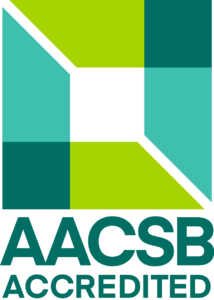Informatics II
- Credits: 6
- Ending: Examination
- Range: 2P + 2C
- Semester: summer
- Year: 1
- Faculty of Economic Informatics
Teachers
Included in study programs
Teaching results
Upon completion of the course, students should have:
Knowledge
• A. Understand the basic principles of transforming numerical, textual, graphical, and multimedia data representing real-world objects into a binary system used by computers.
• B. Analyze the computer software architecture depending on the tasks it is required to perform.
• C. Identify and choose appropriate software solutions according to the types of problems to be solved.
• D. Define basic and application software, communication software, and application software for solving general and specific user requirements.
• E. Define the role of programming languages within the software structure of a computer and the information system as a whole.
• F. Understand the nature of software product models and identify the strengths and weaknesses of selected methodologies.
Skills
• G. Understand how work is organized within a team and acquire the fundamentals of team collaboration.
• H. Present and defend proposed solutions at a professional level.
• I. Produce technical documentation (a report) describing the proposed solution in the form of a seminar paper.
Competentness
• G. Be capable of effective teamwork and contribute to the resolution of complex tasks.
• H. Demonstrate communication abilities in professionally presenting and defending one's ideas and solutions.
• I. Possess the ability to write technically and stylistically accurate documentation as part of professional capability.
Indicative content
Indicative content:
1. Basic definitions: data, information, knowledge, skills. Basic types of data and their distribution. How to use different types of data and information.
2. Coding and encryption, basic definitions, common and different features. Numbering systems. Working in the binary system.
3. Method of encoding different type of data into binary system. Bit, Byte and its multiples, Word.
4. Computer software, basic types of programs. Basic software, general purpose software.
5. Operating systems, communication programs for connecting peripheral devices.
6. Application programs and their division. General application programs.
7. Software for office work. Basic operations in text and spreadsheet editors, creating presentations.
8. Specific application software for various areas of human activity (education, construction, engineering, mathematics and physics, etc.)
9. Software for computer networking.
10. Software aimed at communication (mail, chat, video chat, video conferencing, screen sharing, remote computer control, etc.).
11. Group work in project creation, document sharing, disk sharing.
12. Sharing computer resources. Grid technologies, cloud solutions and their use in collaborative working.
13. Viruses and their distribution, basics of computer law.
The basis of the exercise
1. Introduction to the R language.
2. Creating and working with objects.
3. Data types and the differences between them.
4. Operators and their use.
5. Basic built-in functions of the R language.
6. Data structures and their use.
7. Basics of data processing.
8. Working with data files.
9. Working with loops and conditions.
10. Apply family functions.
11. Creating custom functions.
12. Working with the graphical tools of the R language.
13. Working with external libraries (tidyverse, dplyr, etc.).
Support literature
1. Schmidt, P., Kultan, J., & Procházka, P. (2022). Informatika 1: Hardvér (1. vyd.). Vydavateľstvo EKONÓM. ISBN 978-80-225-4953-0.
2. Kultan, J., & Schmidt, P. (2024). Informatika 2: Softvér (1. vyd.). 5V. ISBN 978-80-974860-0-6.
3. Schmidt,P.: IKT pre začinajúcich používateľov, Bratislava 2013, ISBN 978-80-971532-0-
4. Kaluža, J., & Kalužová, L. (2012). Informatika. Ekopress. ISBN 978-80-86929-83-5.
5. Venables, V.,M. a kol.: An Introduction to R, https://cran.r-project.org/doc/manuals/r-release/R-intro.pdf
6. Danko, J., Šafr, K.: R snadno a rychle 1, Vysoká škola ekonomická v Praze, Nakladatelství
7. Oeconomica – Praha 2020, ISBN 978-80-245-2380-4
8. Danko, J., Šafr, K.: R snadno a rychle 2, Vysoká škola ekonomická v Praze, Nakladatelství
9. Oeconomica – Praha 2020, ISBN 978-80-245-2381-1
10. Páleš, M. (2019 )Jazyk R pre aktuárov. 1. vydanie. Bratislava : Vydavateľstvo Letra Edu,2019. 349 s. ISBN 978-80-89962-26-6
Syllabus
1. Basic concepts in informatics Content: Definitions of data, information, knowledge, and skills. Classification of data types and their use in real-world scenarios. Activities: Classification exercises, discussion on types of data and their importance. Outcome: Short essay on data and information in the enterprise environment. 2. Encoding and encryption; numeral systems Content: Definitions and comparison of encoding vs encryption. Introduction to numeral systems: binary, decimal, hexadecimal. Activities: Number conversions, basic encoding techniques, Caesar cipher example. Outcome: Presentation on data security and encoding. 3. Binary representation of data and basic units Content: Representation of numeric, textual, graphic, and multimedia data in binary system. Bit, byte, word. Activities: ASCII/UTF-8 encoding exercises, file size calculations. Outcome: Solved worksheet with binary conversions. 4. Introduction to software – classifications and types Content: System, application, and utility software. Licensing models: open-source vs proprietary. Activities: Compare software tools used in business. Outcome: Summary report on software categories. 5. Operating systems and peripheral communication Content: Role of OS, device drivers, resource management. Activities: Practice in configuring devices and driver installation. Outcome: Configuration report. 6. Application software classification Content: General-purpose vs specialized application software in industries. Activities: Analysis of tools used in different sectors. Outcome: Software catalog categorized by sector. 7. Office software Content: Word processing, spreadsheets, presentations. Activities: Create documents, financial spreadsheets, and business slides. Outcome: Set of business documents using MS Office or LibreOffice. 8. Specialized software for various domains Content: Software used in education, engineering, construction, healthcare, etc. Activities: Case studies and tool comparison. Outcome: Seminar paper analyzing software usage in one domain. 9. Network-related software tools Content: Tools for file sharing, drive mapping, remote access. Activities: Configure and test local network sharing. Outcome: Documentation of configuration and tools used. 10. Communication tools and platforms Content: Email, chats, video conferencing, remote desktop. Activities: Simulated team communication using MS Teams, Zoom, or Slack. Outcome: Communication protocol and tools evaluation. 11. Collaborative teamwork tools Content: Cloud collaboration (Google Docs, OneDrive), version tracking. Activities: Create a shared team document or presentation. Outcome: Team-created document with version history. 12. Shared computing resources – grid and cloud Content: Cloud services (IaaS, PaaS, SaaS), distributed computing. Activities: Use of a free cloud service tier (Google Cloud/Azure). Outcome: Poster or short report on benefits and challenges of cloud solutions. 13. Introduction to cybersecurity and digital law Content: Computer viruses, malware types, basics of IT law. Activities: Analyze real-world cybersecurity case. Outcome: Essay on data protection and digital rights. Programming Lab 1. Introduction to R language Basic R syntax, RStudio environment setup, interactive execution. 2. Creating and managing R objects Scalars, vectors, lists, matrices, and data frames. 3. Data types and differences Numeric, logical, character, and factor types. 4. Operators and expressions Arithmetic, relational, logical, and special operators. 5. Built-in functions Use of basic functions such as sum(), mean(), length(), etc. 6. Data structures in R Manipulating data frames, filtering, and subsetting. 7. Basic data processing Sorting, filtering, grouping, and transforming data. 8. Working with external files Import/export of CSV, Excel, and text files. 9. Control structures Conditional statements (if, else), loops (for, while). 10. The apply family of functions lapply(), sapply(), tapply(), vapply() – when and how to use them. 11. Creating custom functions Function definition, arguments, and return values. 12. Graphing in R Basic plots: histograms, box plots, scatter plots. 13. Using external libraries Working with tidyverse, dplyr, ggplot2, and readr.
Requirements to complete the course
Exam 60% marks. The exam consists of two parts: a test and a specific problem-solving task. The test verifies the achievement of learning outcomes A., C., F., G., the problem-solving task verifies the achievement of learning outcomes B., C., D., E.
Exercises 40% - semestral work
Student workload
Total study load (in hours):
156 h (participation in lectures 26 h, participation in seminars 26 h, preparation for seminars 26 h, elaboration of a semester project 26 h, preparation for the exam 52 h)
Language whose command is required to complete the course
slovak
Date of approval: 04.03.2025
Date of the latest change: 06.11.2025

